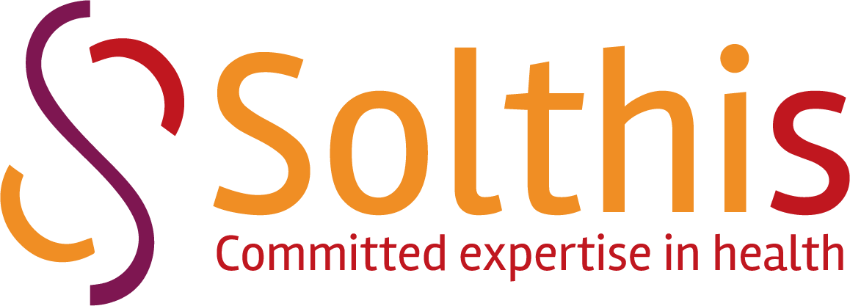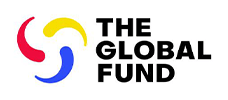January 2009 – June 2010
Burundi
In 2009, Solthis provided technical assistance and support for the decentralization of HIV/AIDS care. Despite administrative difficulties that led to the program’s closure in 2010, Solthis helped strengthen screening activities in three regions of the country (Bujumbura, Ngozi, Gitega).
Context of Solthis’ intervention in Burundi
In 2008, Burundian institutions called on Solthis to provide technical support and assistance in implementing the decentralization of HIV care.
2009: After two exploratory missions, the Solthis program in Burundi began in March 2009. A team consisting of a Head of Mission, a Medical Coordinator, and an Administrative and Financial Manager settled in Bujumbura.
Initially, the program’s objective was to support decentralization in the province of Gitega, then in that of Ngozi. Starting in 2009, delays in obtaining approvals disrupted the effectiveness of the mission.
Despite administrative difficulties at the national level, Solthis developed strong regional collaboration with the Gitega Regional Hospital (HR) and the Provincial Health Office (BPS).
Closure of the program in 2010 following administrative authorization issues
Solthis’ program in Burundi faced administrative authorization issues that led to its closure in October 2010.
Solthis regrets this, especially since all of the technical partnerships established since the first exploratory mission in February 2008 with stakeholders involved in the fight against HIV had proven fruitful.
Outline of Solthis’ work in Burundi
Support for the decentralization of care
- Training on HIV care and ARV prescription for healthcare workers in hospitals in the Gitega, Kibimba, Mutoyi, and Mutaho regions
- Training for educators from associations working with vulnerable children and orphans, in collaboration with UNICEF, on the creation of discussion groups
- Reorganization of the patient circuit to offer patients and healthcare personnel better reception and working conditions: provision of medical reference books, computer equipment, and new delivery tables.
Screening
- Contributing to an increase in the number of active cases
- Raising awareness among healthcare staff about the importance of screening in healthcare settings
- Training in group and individual counseling techniques to encourage screening for midwives in health centers offering prenatal consultations and in maternity wards
- Training in the new protocol and dissemination of the new PMTCT (Prevention of Mother-to-Child Transmission) guide
Establishment of a health information system
- Reflection on the revision of patient records and the new HIV patient monitoring software with the USLS in collaboration with the Clinton Health Access Initiative
- Revision of the data transmission circuit





